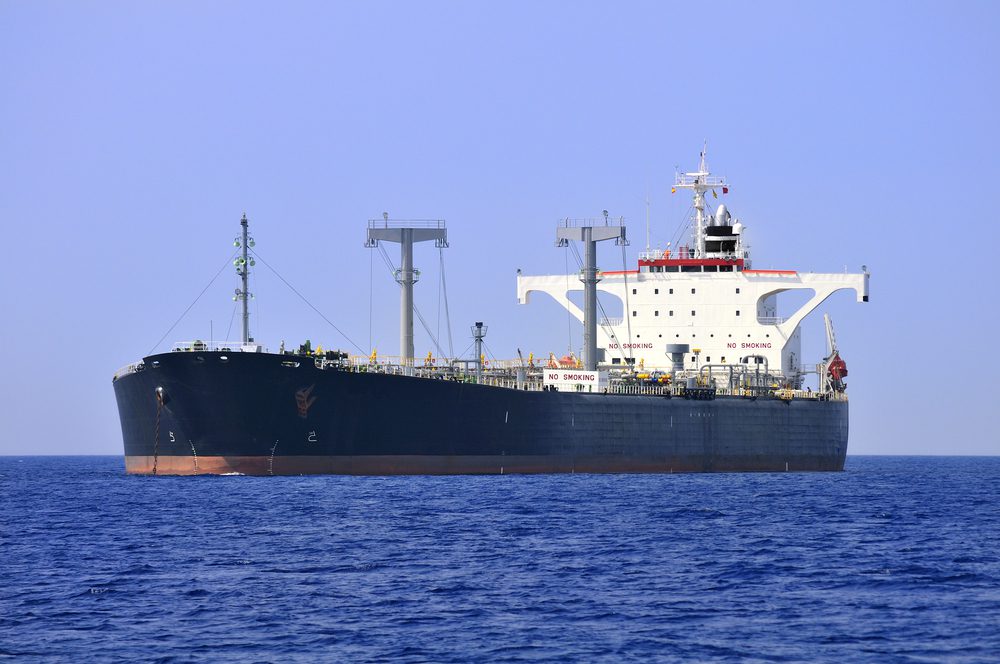By Rakteem Katakey and Grant Smith
(Bloomberg) — Iran’s return to international markets will spur investment in the Persian Gulf nation’s neglected oil fields as companies from Royal Dutch Shell Plc to Total SA hunt for profitable barrels with crude near a 12-year low.
Shell is in “pole position” to rekindle its historically close relationship with Iran, ABN Amro said in a note on Monday. Europe’s biggest oil company remains interested in developing Iran’s “energy potential,” a spokesman for Shell said in an e- mailed statement. Shell is also monitoring developments with regard to repaying outstanding debt to National Iranian Oil Co., which Iran estimates at $2.3 billion.
Iran plans to boost oil output to levels last seen during the reign of the last Shah after a decade of international sanctions slashed exports and starved the industry of investment. While the prize for oil majors is cheap crude, costing almost two-thirds less to extract than in the U.S., slumping prices mean the appeal of Iranian projects will partly depend on the terms of the contracts offered by Tehran.
“It is part of the region that is the Eldorado of oil — everyone wants to be there,” said Paolo Scaroni, deputy chairman at NM Rothschild & Sons and former chief executive officer of Eni SpA. “Iran oil is very cheap oil. Everyone is expecting the new contracts will be the real start of the race.”
Iran’s return will help Europe diversify its energy supplies, Claudio Descalzi, chief executive officer of Eni told RAI television on Sunday. The country will need to invest at least $150 billion in infrastructure to become a major producer and it may take four to five years for the country to have a big impact on the world market, he said.
The Middle Eastern country is one of the cheapest places in the world to tap new oil fields and pump from existing wells. It costs about $12.60 to produce a barrel of crude in Iran, including $6.90 in capital expenditure and $5.70 in operational costs, Norway’s Rystad Energy said in a report last year. That compares with an average $9.90 in Saudi Arabia, $36.30 in the U.S. and $52.50 in the U.K., according to the report.
While the economics appear attractive, the margins have narrowed with Brent crude slipping below $28 a barrel on Monday. Much will depend on the terms of the contracts Tehran offers to international companies.
Lukoil PJSC, the Russian crude producer with the most overseas assets, is pushing Iran to improve the terms it offers, with Chief Executive Officer Vagit Alekperov saying in December that so far the contracts “aren’t competitive with other countries.”
Skeptical Voices
Alekperov commented after a meeting with Iranian Oil Minister Bijan Namdar Zanganeh, who predicts output will increase by 500,000 barrels a day as soon as sanctions are lifted, and an additional 500,000 a day in the following six months. Analysts are skeptical: it’ll take six months to claw back 400,000 a day, less than half the hoped-for volume, according to a Bloomberg survey.
Shell, Total and Lukoil have already staked out the oil fields that appeal most, according to Iran’s NIOC. Shell, Total and Repsol previously had contracts to build LNG plants in the country.
Before it halted upstream operations in Iran in 2011, Shell wanted to expand natural gas output from the South Pars gas fields, and in 1999 signed an agreement to develop the Norooz and Soroosh oil fields in the Persian Gulf.
Total is considering resuming investments in Iran, where it also has a long history, once sanctions are lifted, a spokesman said in an e-mail last week. The company will look at opportunities in gas, oil, petrochemicals and marketing, depending on the contractual conditions, CEO Patrick Pouyanne said in November.
Business Opportunities
“The lifting of sanctions will, in principle, permit Western businesses to exploit the significant business opportunities in Iran,” Sunny Mann and Ross Denton, London-based partners at law firm Baker & McKenzie, said in an e-mail. “Before making contracts or sales into Iran, all businesses need to address the compliance risks and costs associated with them.”
One country that won’t join in Iran’s reawakening is the U.S., where a previous set of sanctions imposed in 1995 relating to terrorism restricts dealing with the Islamic Republic, and also the transfer of U.S.-regulated goods and technology.
U.S. companies and people still can’t deal with Iran, according to Baker & McKenzie. Payment may be a “big issue in the short to medium term, while Western banks figure out what they can do without falling foul” of U.S. rules, the law firm said.
Revitalizing Fields
Oil was discovered in Iran at the turn of the last century by the Anglo Persian Oil Co., which later became BP. The country’s industry was nationalized in the 1950s and western companies largely withdrew after the 1979 revolution ushered in the Islamic Republic.
A BP spokesman declined to comment on the company’s plans to return to Iran.
The nation hopes to attract investment to revitalize oil fields — such as Gachsaran and Marun — that the IEA says are in “sore need” of rehabilitation after operating for 50 years. By 2020, state-run NIOC aims to lift output from the current 2.8 million to 4.7 million barrels a day, a level Iran hasn’t pumped since the 1979 Islamic Revolution.
Iran’s oil sales slumped to 1.4 million barrels a day in 2014, from 2.6 million a day in 2011 as a result of U.S. and European Union trade constraints intended to deter the nation from building a nuclear weapon, according to data from the Energy Information Administration. Its customers were largely confined to China, India, Japan, South Korea and Turkey.
©2016 Bloomberg News
Unlock Exclusive Insights Today!
Join the gCaptain Club for curated content, insider opinions, and vibrant community discussions.

 Join The Club
Join The Club







![A screengrab of a map showing an earthquake Mindanao, Philippines on Dec 2, 2023. (Image: US Geological Survey [USGS])](https://gcaptain.com/wp-content/uploads/2023/12/Screenshot-2023-12-02-at-10.45.17-AM-copy.png.webp)





